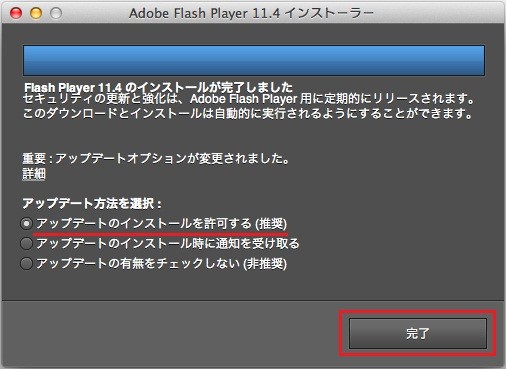Flash is the standard for engaging PC experiences – 99% of PCs worldwide have Flash Player installed and 85% of the top 100 websites use Flash. Approximately 75% of online videos are viewed and 70% of web games are delivered using Adobe Flash technology.

Having trouble installing Adobe Flash Player? Identify your issue and try the corresponding solution.
1. Have you checked if Flash Player is already installed on your computer?
2. Are you being asked to close the browser?
On Safari, the installer closes the browser to proceed with the installation.
Follow these instructions.
3. Have you checked if Flash Player is enabled in your browser?
For Firefox on any OS, see Enable Flash Player for Firefox.
For Safari on Mac OS, see Enable Flash Player for Safari.
For Google Chrome, see Enable Flash Player for Chrome.

For Opera, see Enable Flash Player for Opera.
4. Did the installer start installing?
You don’t know where the Flash Player installer has been downloaded.
By default, the files are downloaded and saved to the Downloads folder unless the 'save to' location is changed manually.
- After downloading Flash Player, close all browsers.
- Locate the Flash Player install file. Unless you have specified otherwise, the file is saved in your Downloads folder.
- Double-click the installer file to begin the Flash Player installation.
Choose Window > Downloads or press Option+Command+L. Control-click the downloaded file and choose Show in Finder.
5. Are you unable to resolve the issue?
The rich-media content does not work, and you do not know what the issue is.
Uninstall Flash Player and perform a clean install of Flash Player.
6. Do you have password-related issues?
If you are unable to authenticate successfully, check your user name and password. Use your system credentials, not your Adobe ID.
Still having problems?
If you are still having trouble installing Adobe Flash Player, try downloading the installer directly from the following sites:
- Flash Player for Safari and Firefox - NPAPI
- Flash Player for Opera and Chromium-based browsers - PPAPI
Also see:
Twitter™ and Facebook posts are not covered under the terms of Creative Commons.
Legal Notices | Online Privacy Policy
By Shane Cole
Monday, July 13, 2015, 06:58 am PT (09:58 am ET)
TL;DR— If you're running OS X 10.6 or later, download and run this Flash uninstaller. If you have OS X 10.4 or 10.5, use this uninstaller instead.
Adobe has patched more than twenty Flash vulnerabilities in the last week— some of them days after active exploits were discovered in the wild— and issued over a dozen Flash Player security advisories since the beginning of this year. Flash has become such an information security nightmare that Facebook's Chief Security Officer called on Adobe to sunset the platform as soon as possible and ask browser vendors to forcibly kill it off.
Though most exploits are targeted at Windows, Mac users are not invincible. Thankfully, Flash is easy to remove and most of your favorite sites and Web services will continue to work fine without Flash installed. YouTube, Netflix, and a host of others have either made the shift to HTML5 video or use alternative technologies, like Microsoft's Silverlight.
How to uninstall Flash from your Mac
- Verify your OS X version by clicking the Apple icon in the upper left and selecting About This Mac.
- For OS X 10.5 and later— Snow Leopard, Mountain Lion, Mavericks, or Yosemite— download and run this uninstaller.
- For OS X 10.4 and 10.5— Tiger or Leopard— download and run this uninstaller
Dear Flash pic.twitter.com/lYnzOAvNF0
— InfoSec Taylor (@SwiftOnSecurity) July 13, 2015
What to do if you need Flash
If you find yourself with absolutely no choice but to use Flash— maybe you have a Flash-based business application— the safest course of action is to install Google Chrome. Chrome includes a special version of Flash that runs inside a sandbox, with updates handled by Google.
If you can't or won't install Chrome, a good fallback is Marc Hoyois's ClickToFlash plugin for Safari. It will prevent any Flash content from running until you explicitly authorize it by clicking a placeholder in the page.
If you insist on keeping Flash installed and won't use ClickToFlash, at the very least make sure Flash can update itself automatically by enabling automatic updates in System Preferences → Flash Player